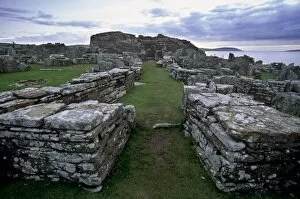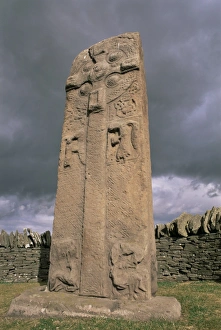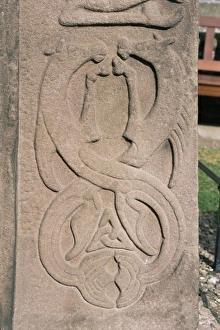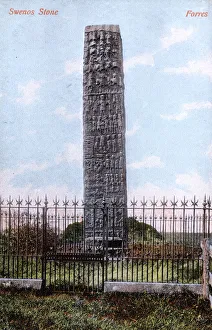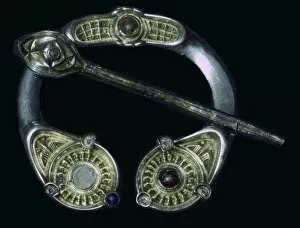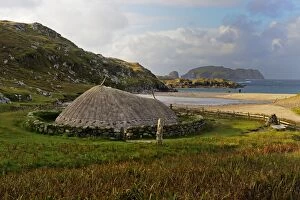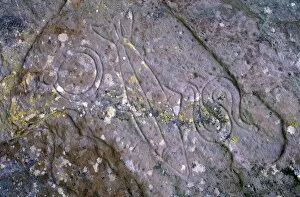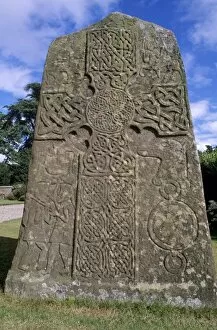Pictish Collection
Discover the enigmatic world of the Picts through their ancient relics and settlements
All Professionally Made to Order for Quick Shipping
Discover the enigmatic world of the Picts through their ancient relics and settlements. Follow the processional path leading to the broch, a testament to their architectural prowess during the Iron Age. Marvel at the remains of their dwellings, iron age houses that once housed these mysterious people. Uncover their religious beliefs with an early Christian Pictish cross, adorned with intricate carvings depicting horses from the 8th century. The symbolism behind these majestic creatures continues to intrigue historians. Delve into their unique language and culture as you decipher Pictish symbols on the Maiden Stone. This ancient artifact holds secrets waiting to be unraveled. Witness history unfold at Brough of Birsay, where evidence suggests a fascinating coexistence between Picts and Norse settlers took place. Explore this remarkable settlement that bears witness to cultural exchange in times long gone. Immerse yourself in everyday life as you gaze upon a depiction of a Pict wearing a hooded cloak and traditional trousers from St. Vigeans in Scotland during the 8th-9th century. These detailed illustrations offer glimpses into fashion trends and societal norms of that era. Travel back even further with Admiranda Narratio's portrayal of individuals from neighboring tribes interacting with the enigmatic Picts. Observe a man and young woman captured in stunning detail, representing different cultures coming together amidst an ever-changing landscape. Finally, marvel at "A Young Daughter of the Picts, " an exquisite artwork created around 1585 using watercolor and gouache embellished with gold on vellum. This masterpiece captures both beauty and mystery while preserving moments frozen in time for future generations to admire. Join us on this captivating journey through time as we unravel fragments of history left behind by one of Scotland's most intriguing civilizations -the extraordinary Picts.

